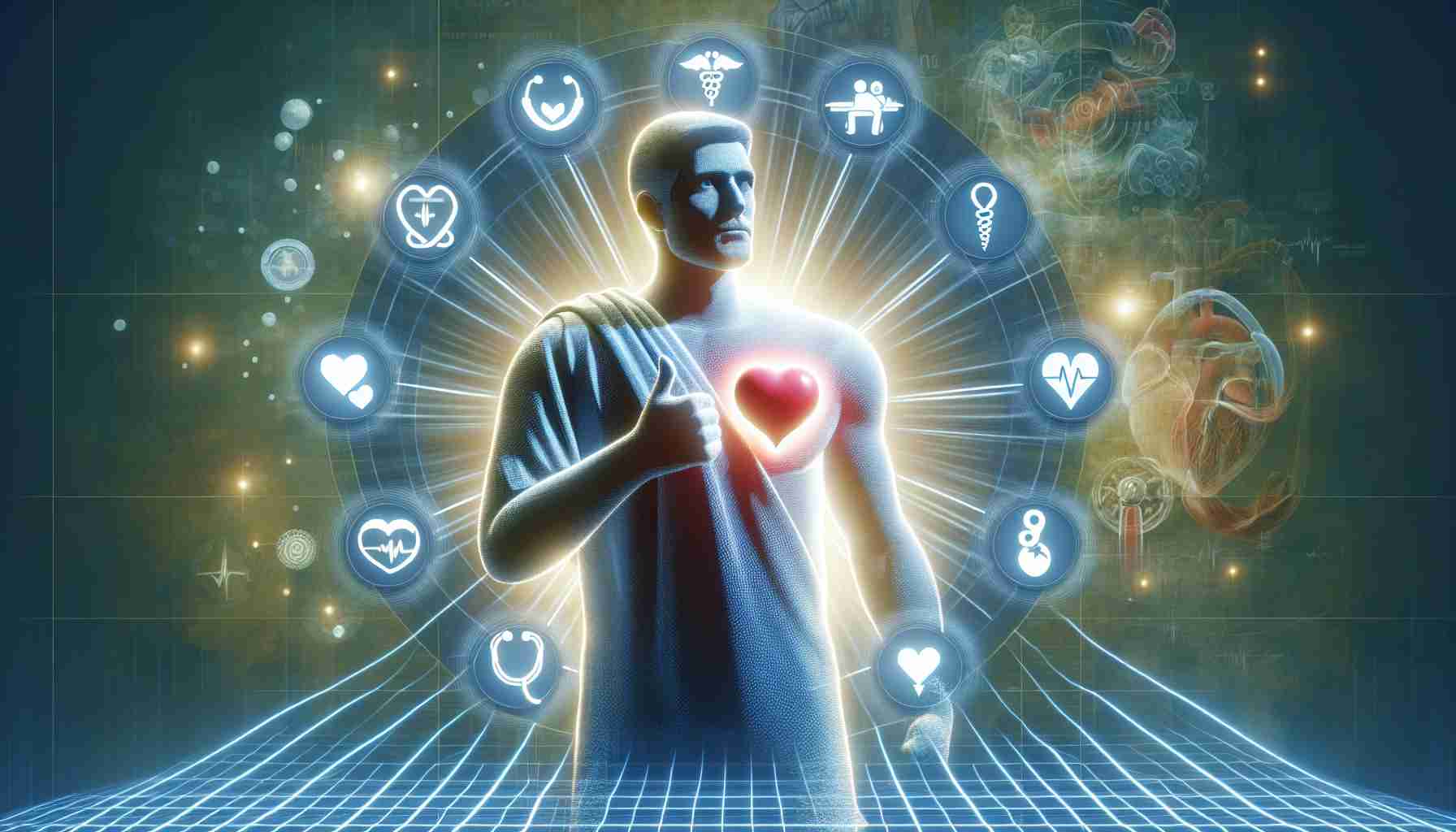The Shocking Transformation of Polar Regions
The Arctic-boreal zone, long regarded as a vital carbon sink, is undergoing a startling change due to climate change. Traditionally frozen and rich in permafrost, this region is now becoming a source of greenhouse gases, emitting more carbon dioxide than it absorbs.
Warming temperatures, paired with soaring wildfire occurrences, are rapidly melting permafrost across 34% of the Arctic-boreal zone. This shift is leading to more carbon being released into the atmosphere, shifting the ecological balance. The dense coniferous forests and wetlands, once effective in absorbing CO₂ through photosynthesis, are now contributing to the issue through accelerated plant and microbial respiration.
Recent research from the Woodwell Climate Research Center reveals that while increased vegetation typically enhances CO₂ absorption, the reality is more complex. The newfound plant growth can’t keep up with the carbon emissions resulting from thawing soils.
Their cutting-edge project, the ABC Flux Climate Change Database, has compiled an extensive data library from 200 sites over three decades. This resource aims to clarify evolving dynamics within these ecosystems and understand the impact of wildfires on carbon emissions.
As the team emphasizes, combating climate change starts with the primary driver: human emissions of greenhouse gases. Initiatives to protect vulnerable ecosystems and mitigate these emissions are crucial as scientists strive for practical solutions to stabilize our planet’s climate.
Broader Implications of the Arctic Transformation
The ongoing metamorphosis of the Arctic-boreal zone extends beyond environmental challenges; it significantly impacts global economics and societal well-being. As permafrost thaws, it not only releases trapped greenhouse gases but also disrupts long-standing resource management systems, particularly concerning oil and gas exploration. Nations vying for Arctic resources face increasing competition, potentially leading to escalated geopolitical tensions as territories become more accessible yet fragile due to climate change.
Culturally, the transformation threatens indigenous communities relying on stable ecosystems for their livelihoods. Traditional practices tied to the seasonal cycles of flora and fauna are becoming unpredictable, leading to food insecurity and loss of cultural identity. Social disparities could widen as communities with fewer resources struggle to adapt, potentially igniting further movements for equity and justice.
The environmental implications are equally severe. Thawing permafrost exposes ancient pathogens, which could pose health risks to both wildlife and humans. Future trends may see increased ecosystem shifts, including altered species distributions that affect biodiversity and ecosystem services.
As we navigate these profound changes, a critical focus must be on sustainable practices and global cooperation. The long-term significance of our responses today will determine whether we can mitigate the drastic implications of this transformation or face an increasingly unlivable planet. The call to action is clear: we must prioritize resilient, adaptive strategies that respect not only ecological but also cultural landscapes.
The Alarming Shift: How Climate Change is Transforming Polar Regions
Understanding the New Dynamics of the Arctic-Boreal Zone
The Arctic-boreal zone, once celebrated for its role as a significant carbon sink, is currently experiencing a rapid transformation that could have dire implications for global climate stability. Traditionally characterized by its frozen landscapes and extensive permafrost, this region is now shifting toward becoming a source of greenhouse gases. This alarming transition underscores the urgency of climate action and highlights the need for renewed environmental focus.
The Effects of Warming Temperatures and Wildfires
The stark reality is that rising global temperatures, alongside a surge in wildfires, are causing the permafrost to melt at an alarming rate across approximately 34% of the Arctic-boreal zone. As the permafrost thaws, it releases vast amounts of carbon dioxide (CO₂) that had previously been locked away for centuries. This release contributes significantly to the greenhouse gases in the atmosphere, thereby accelerating climate change and further disrupting ecological balance.
Implications of Increased Vegetation
While it is commonly understood that increased plant life typically aids in CO₂ absorption, recent findings from the Woodwell Climate Research Center complicate this narrative. Their research indicates that the new vegetation that springs up cannot compensate for the heightened carbon emissions resulting from thawed soils. This presents a grim scenario: the Arctic region’s ability to act as a carbon sink is diminishing, leading to a net increase in atmospheric CO₂.
Innovations in Climate Research
One of the pioneering initiatives in understanding these changes is the ABC Flux Climate Change Database. This groundbreaking project encompasses data from 200 sites over three decades and aims to shed light on the shifting dynamics of these fragile ecosystems. By examining the interplay between vegetation growth and carbon emissions, the database serves as a critical tool for scientists trying to unravel the complex effects of climate change in the Arctic-boreal zone.
The Path Forward: Mitigation Strategies
Experts emphasize that alleviating climate change hinges on addressing the human emissions of greenhouse gases that are intensifying these changes. It is essential to implement effective strategies that protect this vulnerable ecosystem and mitigate emissions globally. Initiatives may include enhancing carbon capture technologies, promoting sustainable land management, and fostering policies that prioritize the conservation of Arctic regions.
Conclusion: The Urgency of Collective Action
As the world increasingly grapples with the implications of climate change, the transformation of the Arctic-boreal zone serves as a stark reminder of the delicate balance within our ecosystems. To safeguard the planet’s future, it is imperative that we focus on integrating sustainable practices, advancing research, and fostering collective action against the ongoing climate crisis.
For more information on climate change impacts and solutions, visit World Wildlife Fund.








